Changing the chicken set-up...
buckeye_brian
16 years ago
Related Stories

HEALTHY HOME12 Ways to Set Up Your Kitchen for Healthy Eating
Making smart food choices is easier when your kitchen is part of your support team
Full Story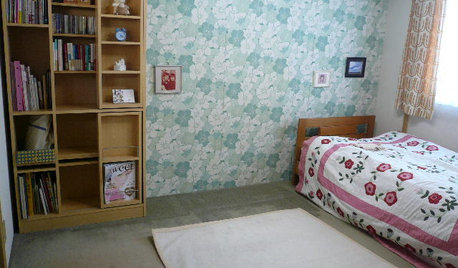
BOOKSCan Tidying Up Result in Life-Changing Magic?
Organizing phenom Marie Kondo promises big results — if you embrace enormous changes and tough choices
Full Story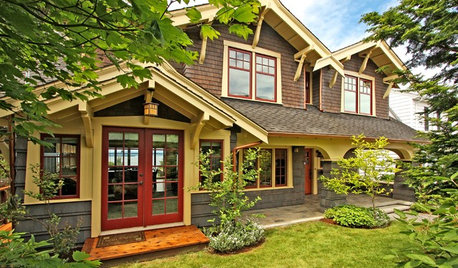
HOUZZ TOURSHouzz Tour: Major Changes Open Up a Seattle Waterfront Home
Taken down to the shell, this Tudor-Craftsman blend now maximizes island views, flow and outdoor connections
Full Story
FARM YOUR YARD9 Ways to Change Up Your Vegetable Garden for the Coming Season
Try something new for edible plantings that are more productive than ever
Full Story
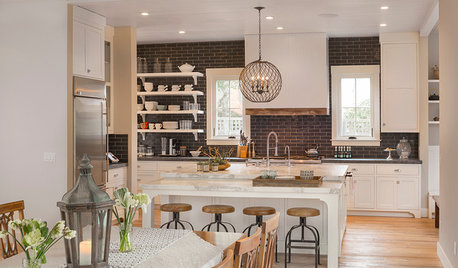
TRANSITIONAL HOMESHouzz Tour: Change of Heart Prompts Change of House
They were set for a New England look, but a weekend in the California wine country changed everything
Full Story
STUDIOS AND WORKSHOPSHow to Set Up a Craft Room
Keep bits and bobs from winding their way into the rest of your home by setting up a designated area for craft projects
Full Story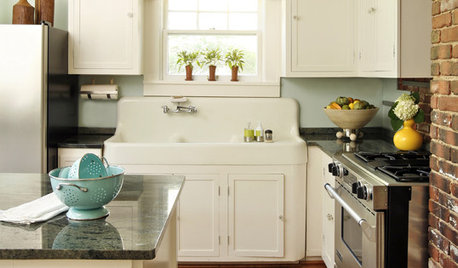
KITCHEN DESIGNHow to Set Up a Kitchen Work Triangle
Efficiently designing the path connecting your sink, range and refrigerator can save time and energy in the kitchen
Full Story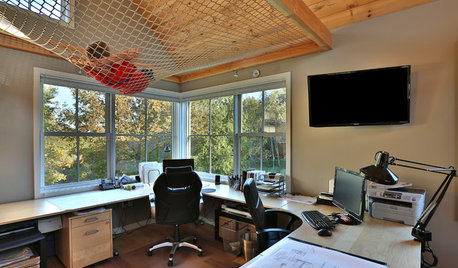
DESIGN PRACTICEHow to Set Up Your Design Studio at Home
Learn from an architect how to create a workspace that fuels your practice and feeds you inspiration
Full Story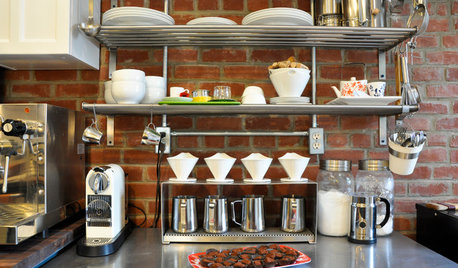
SHOP HOUZZHouzz Products: Set Up Your Dream Coffee Station
Wouldn’t it be nice to have your own café that never closes? With these tools and accessories from the Houzz Products section, you can
Full Story





johanna_h
billc-2007
Related Professionals
South Elgin Landscape Architects & Landscape Designers · Forest City Landscape Architects & Landscape Designers · Clark Landscape Contractors · Cordele Landscape Contractors · El Reno Landscape Contractors · Monterey Landscape Contractors · Saint John Landscape Contractors · Soddy Daisy Landscape Contractors · Waltham Landscape Contractors · Brooklyn Park Fence Contractors · Mill Valley Fence Contractors · Salida Fence Contractors · Kearns Decks, Patios & Outdoor Enclosures · South Lyon Decks, Patios & Outdoor Enclosures · South Milwaukee Decks, Patios & Outdoor Enclosuresleokat75